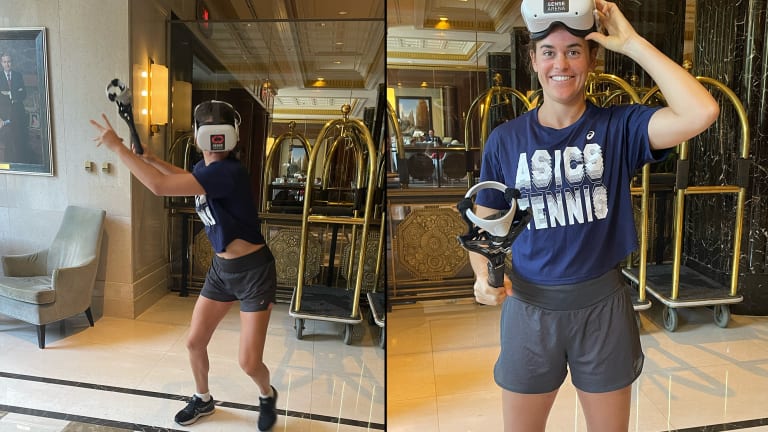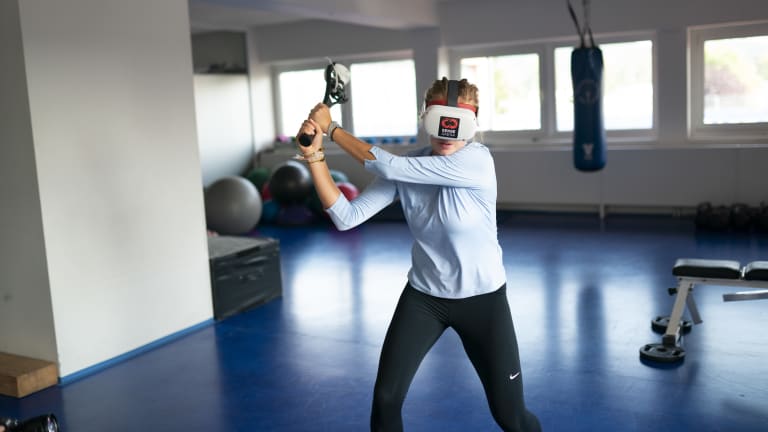The Business of Tennis
The less a tennis player thinks, the better, right? Sense Arena's new VR training program has other ideas
By Nov 12, 2022The Business of Tennis
Carlos Alcaraz surpasses 40 million dollars in career prize money after winning Monte Carlo
By Apr 14, 2025The Business of Tennis
University of Virginia men’s tennis team secures permanent 'in perpetuity' funding
By Apr 13, 2025The Business of Tennis
Charleston Open will pay women same as men starting in 2026
By Apr 06, 2025The Business of Tennis
Top ATP, WTA players pen letter to Grand Slams seeking greater share of revenue
By Apr 04, 2025The Business of Tennis
Chairman Andrea Gaudenzi will take over as interim ATP CEO after Massimo Calvelli departs
By Apr 04, 2025The Business of Tennis
Novak Djokovic, Coco Gauff and other players ask Grand Slam tournaments for more money and more say
By Apr 03, 2025The Business of Tennis
Wimbledon plans to upgrade the fans' favorite hill for 150th anniversary
By Apr 03, 2025The Business of Tennis
Tennis star Coco Gauff launches own management firm
By Apr 03, 2025The Business of Tennis
Carlos Alcaraz doesn't support the lawsuit from tennis players' group Novak Djokovic founded
By Mar 19, 2025The Business of Tennis
The less a tennis player thinks, the better, right? Sense Arena's new VR training program has other ideas
“It’s not like Wii,” says Jennifer Brady, who dove headset first into a virtual tennis world during her recovery time away from the tour.
Published Nov 12, 2022
Advertising
Advertising

“If you want to find ways to challenge yourself, there are lots of hidden gems” among Sense Arena's mental drills, says Jennifer Brady.
Advertising
Advertising

Linda Fruhvirtova uses a haptic racquet as part of her Sense Arena experience.